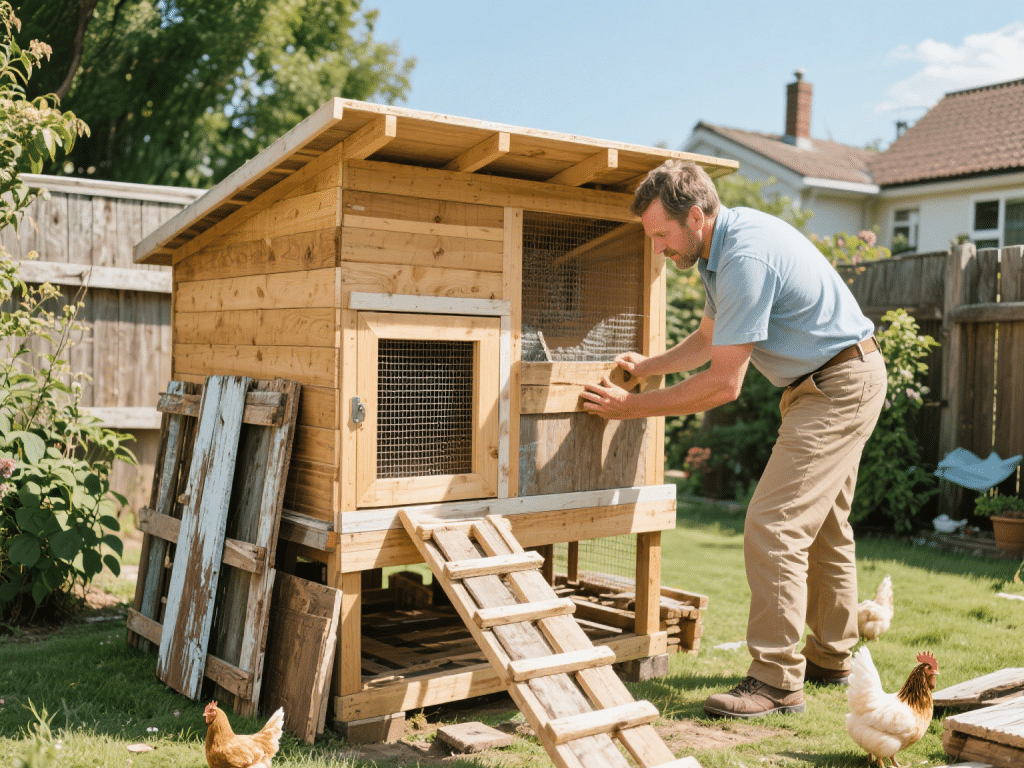RECOMMENDED NEWS

Safe Parasite Control for Small Breed Puppies
Parasites pose a hidden threat to our tiniest canine companions. Drawing on my background as a canin...
Read More →
Home Remedies for Cat Hairballs: Prevention and Relief
Hairballs are a common nuisance for both cats and their people. Drawing on my decade of experience a...
Read More →
The Ultimate Guide to Homemade Dental Chews for Dogs
As a veterinary nutrition specialist and long-time dog enthusiast, I’ve tested dozens of DIY recip...
Read More →
Safe Houseplants for Pets: The Top Non-Toxic Greenery to Grow at Home
Houseplants can improve air quality, reduce stress, and bring life into our homes—but not all gree...
Read More →
Building a DIY Outdoor Chicken Coop: Budget-Friendly Steps
IntroductionRaising backyard chickens provides fresh eggs, pest control, and companionship. Building...
Read More →
Simple DIY Cat Trees You Can Build at Home
IntroductionCat trees provide essential vertical territory, scratching surfaces, and cozy perches fo...
Read More →
How to Introduce a Second Pet Without Conflict
IntroductionBringing a second pet into your household can enrich both your life and that of the resi...
Read More →
Natural Dog Dewormers That Actually Work: Ingredients and Dosages
IntroductionMany dog owners seek natural alternatives to chemical dewormers to reduce side effects a...
Read More →
How to Entertain a Bored Indoor Cat: Creative Play Ideas
IntroductionIndoor cats often lead sedentary lives, which can result in obesity, stress, and behavio...
Read More →
Comments on "Why Do Cats Knock Things Over? What It Really Means" :